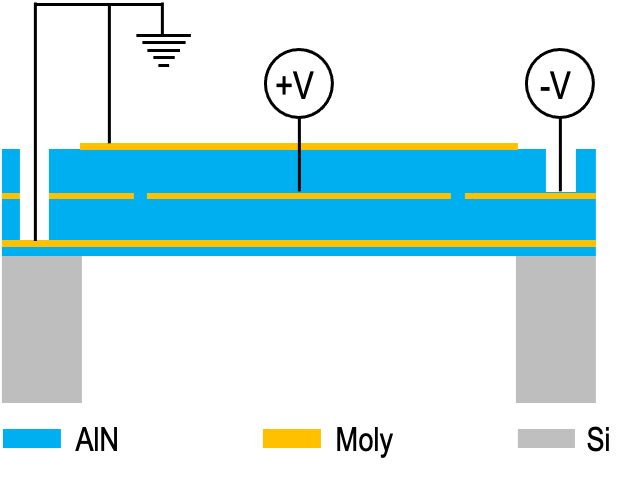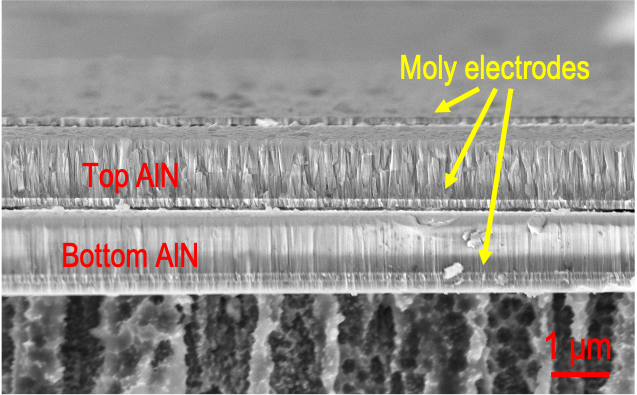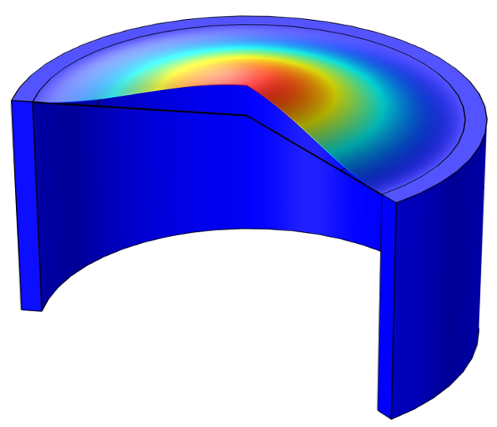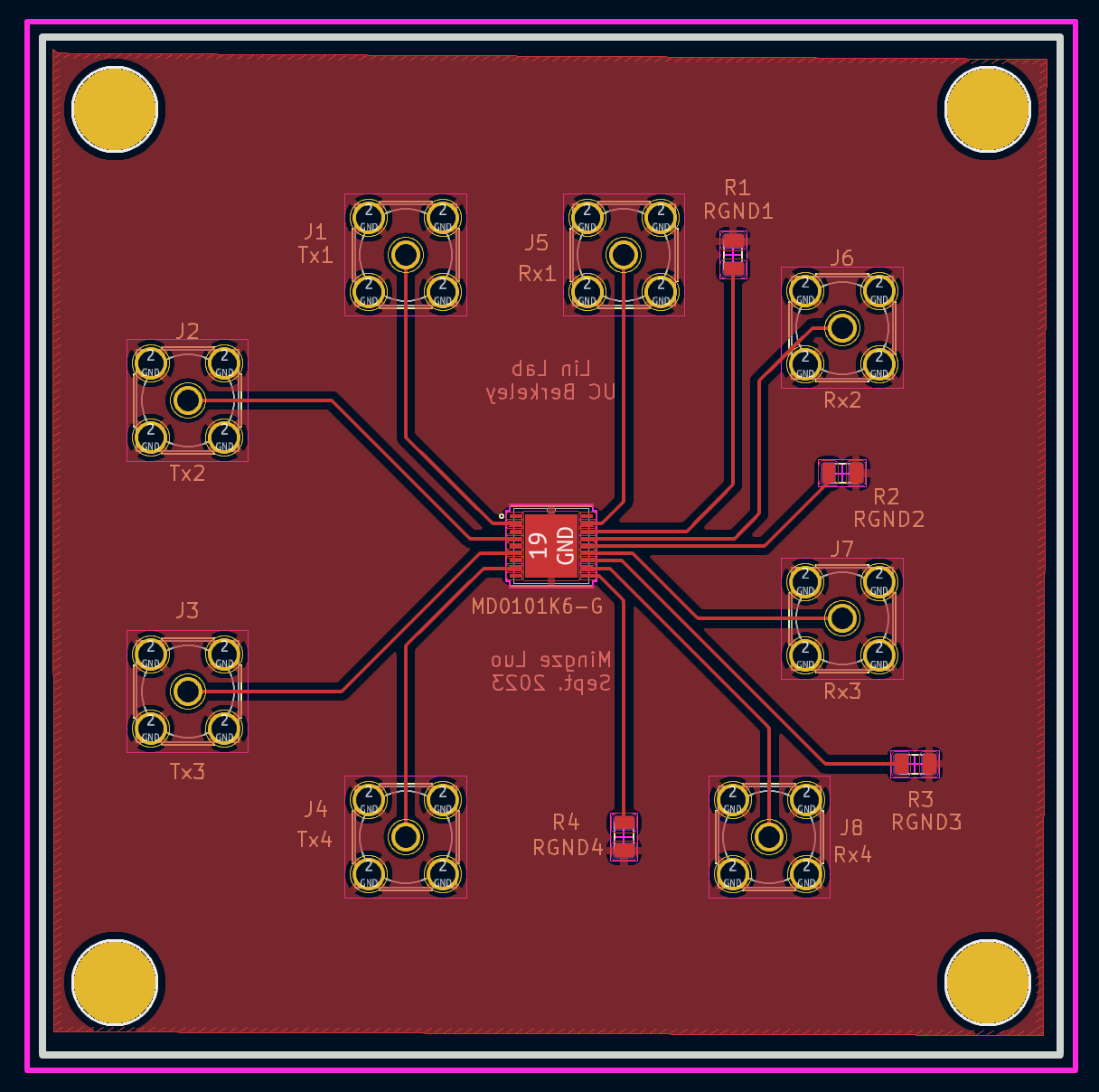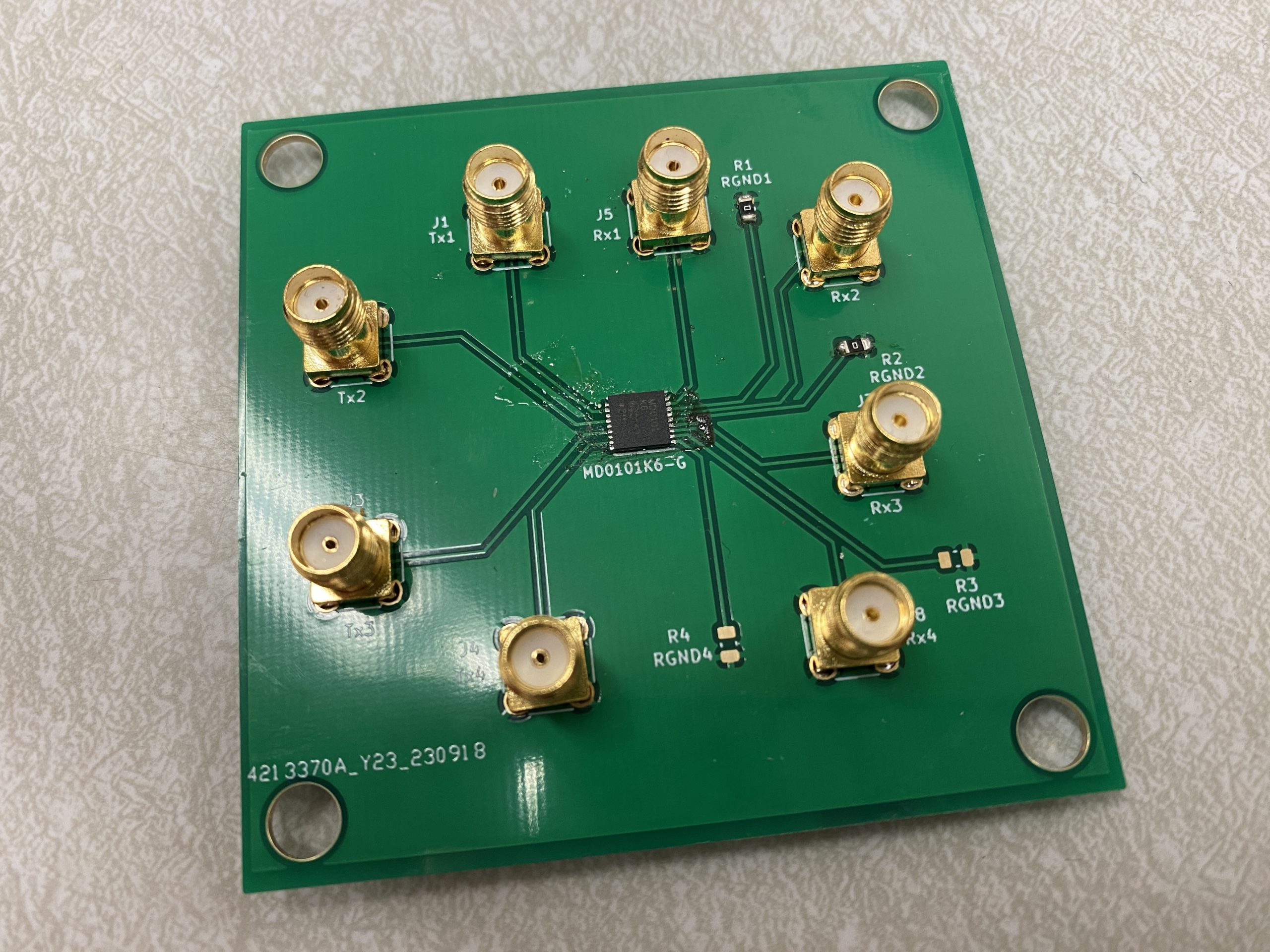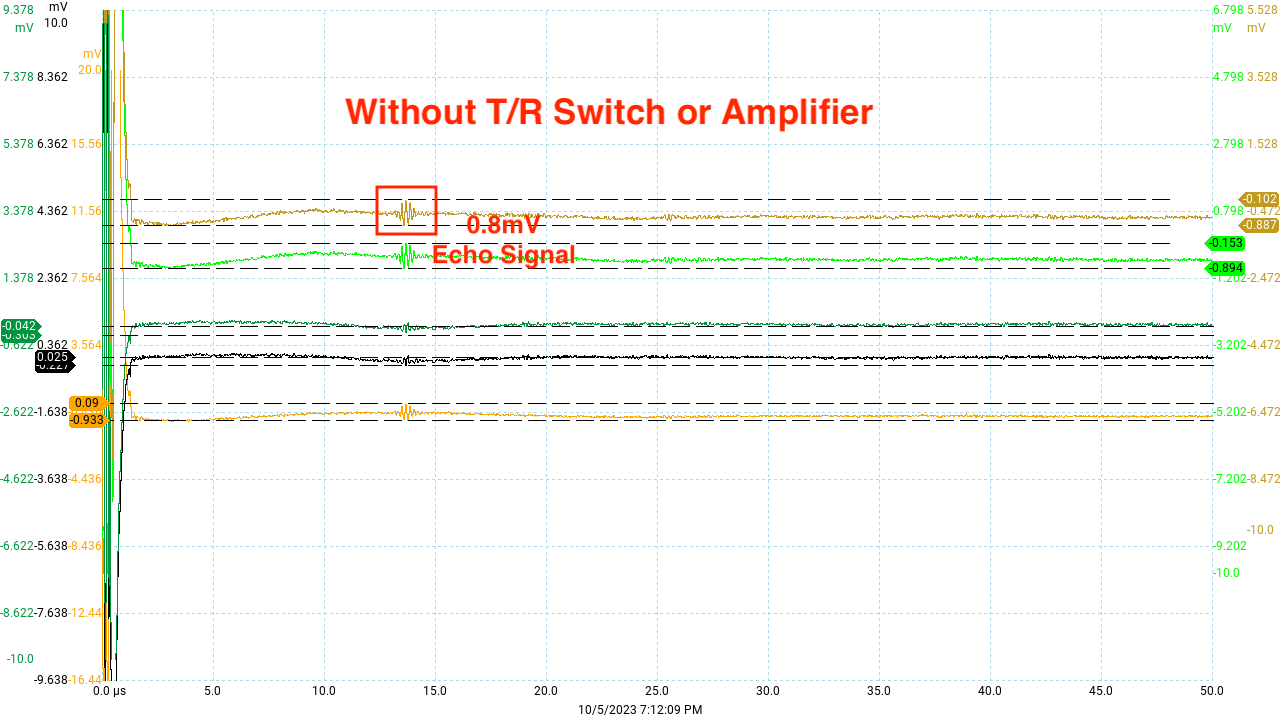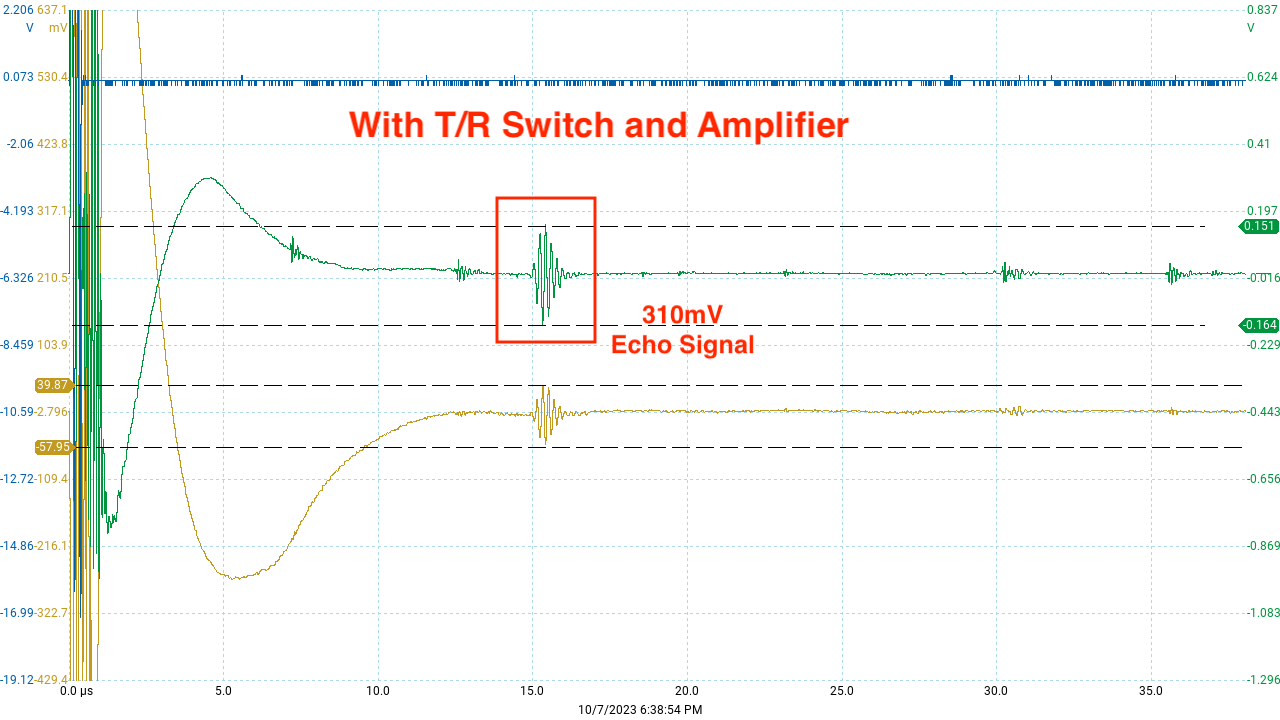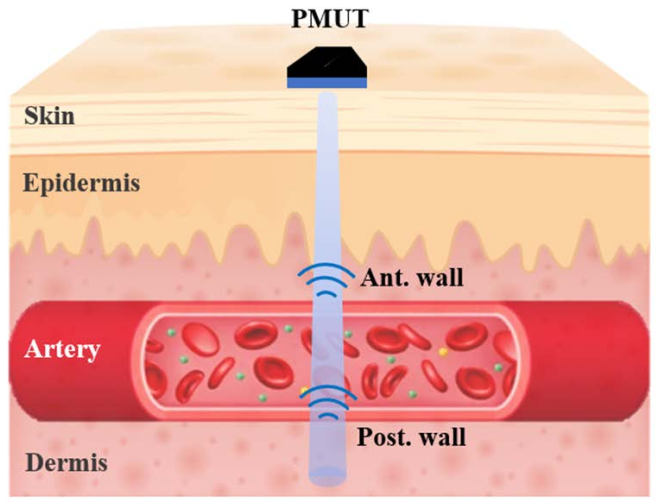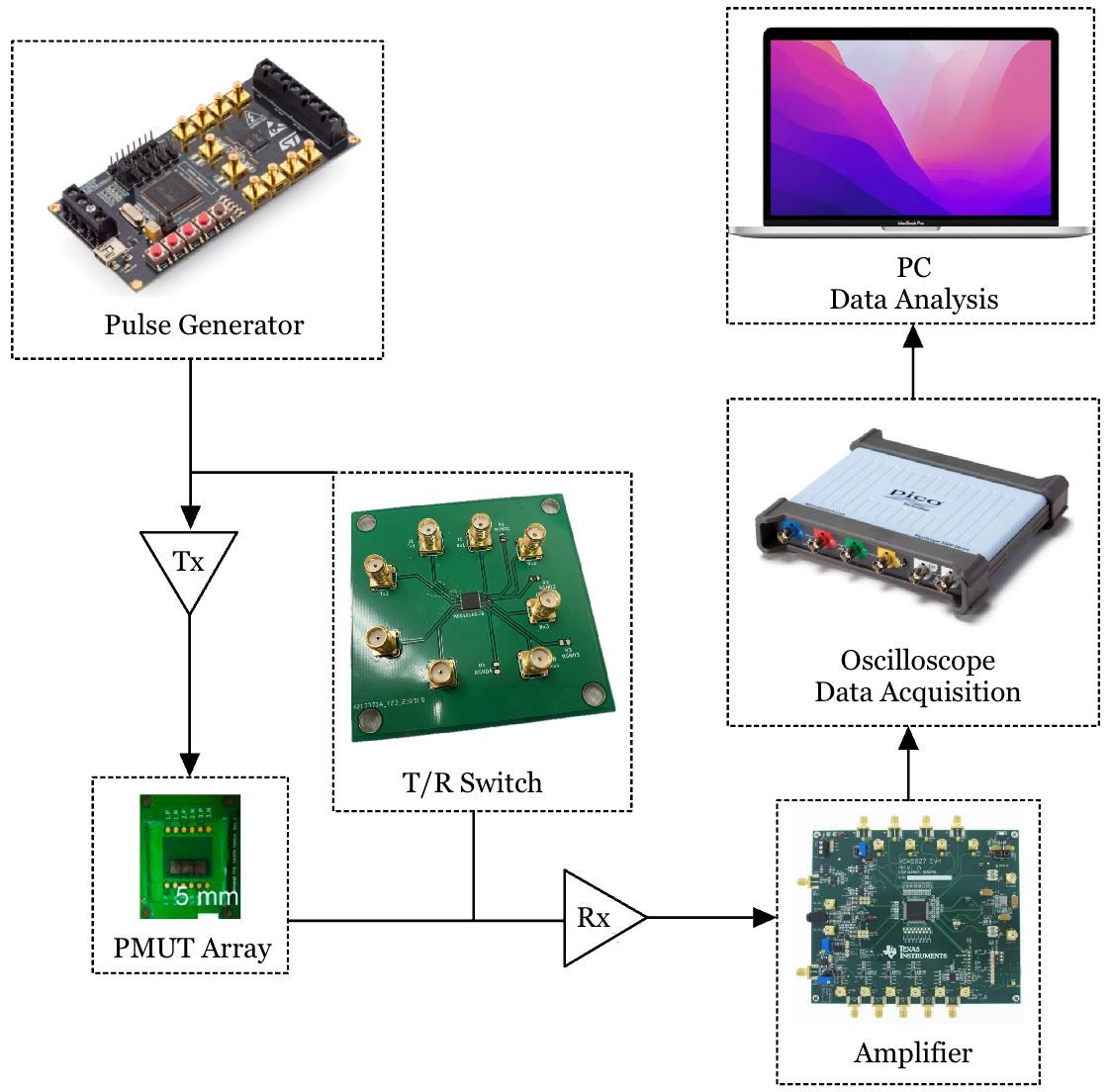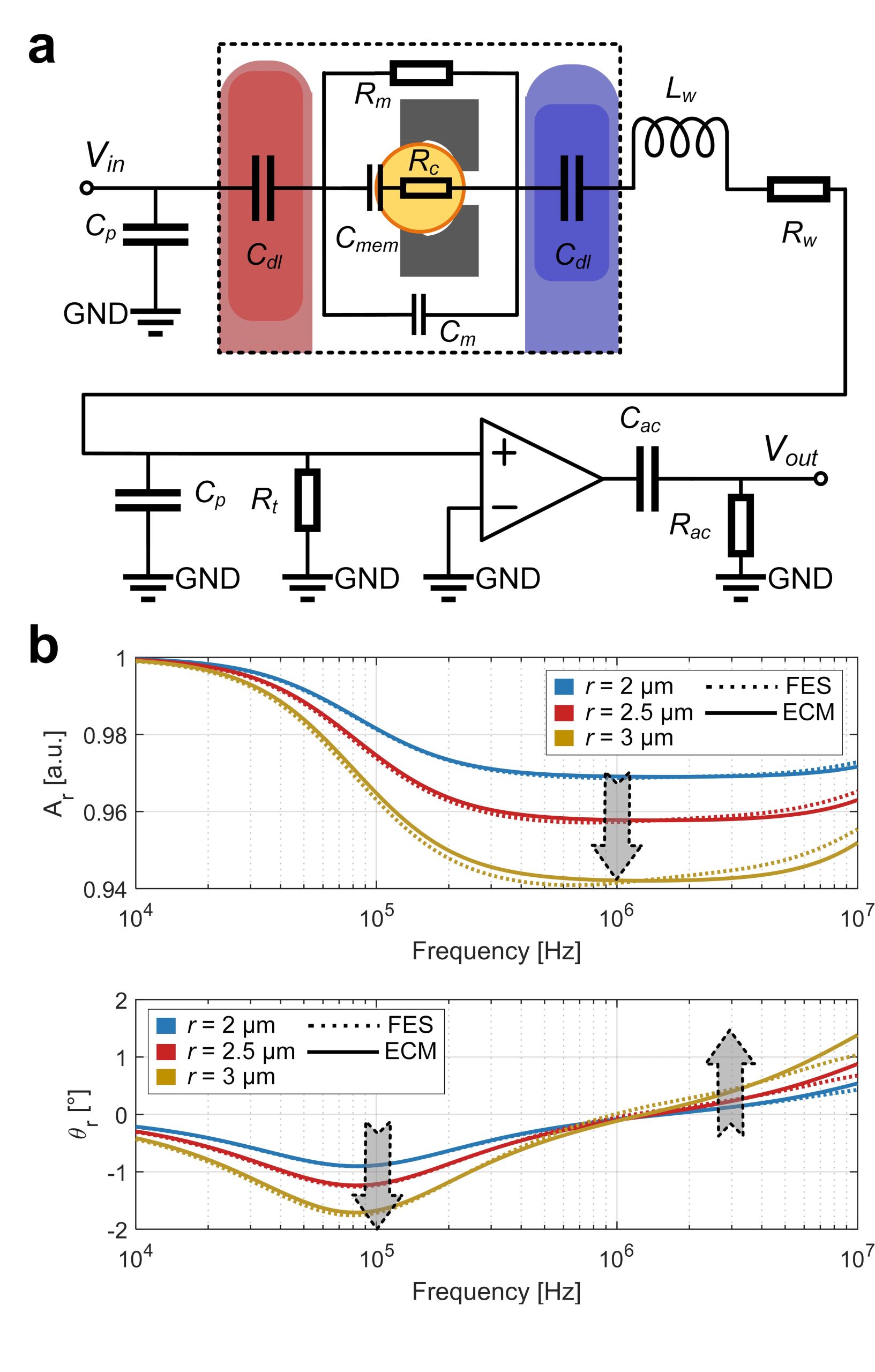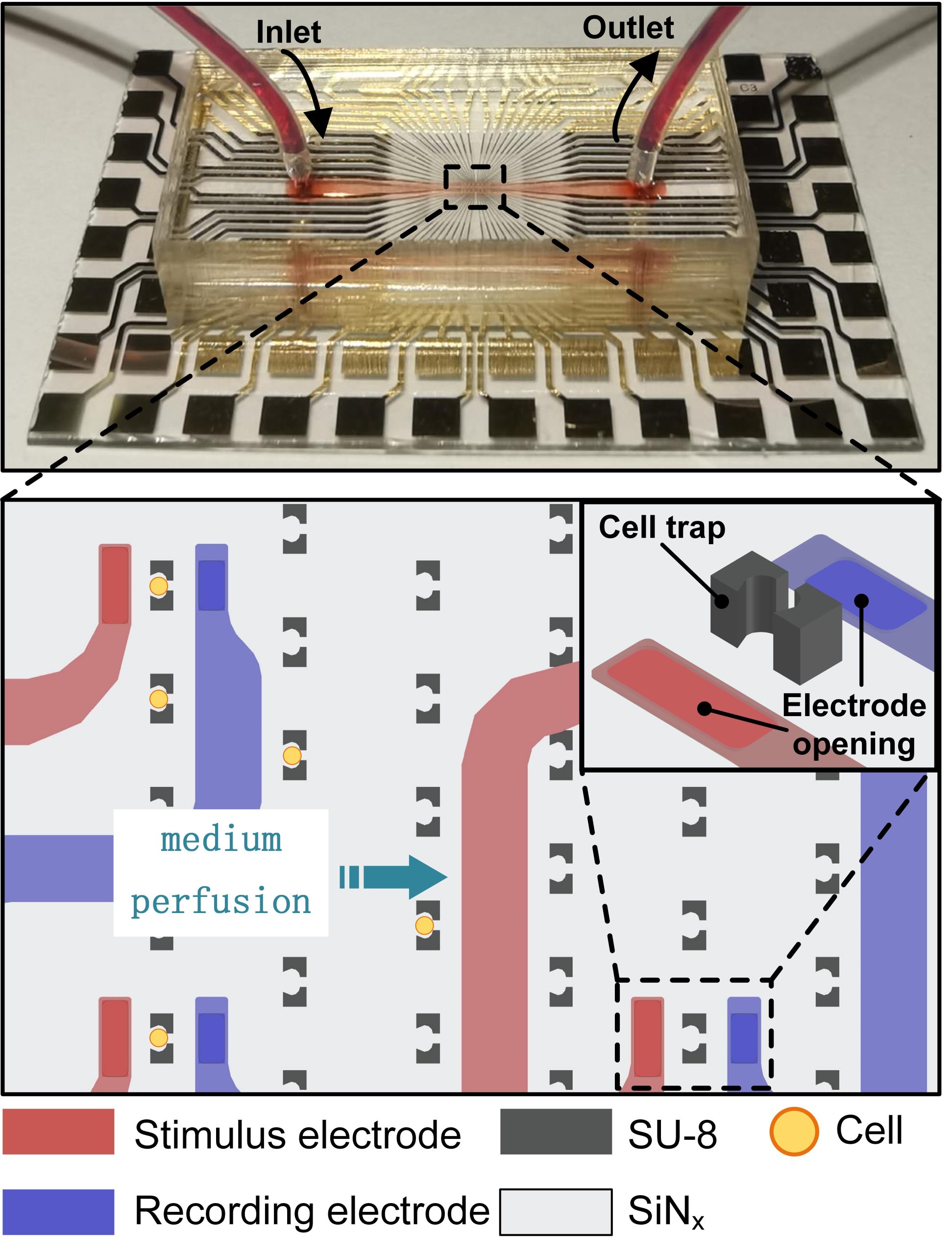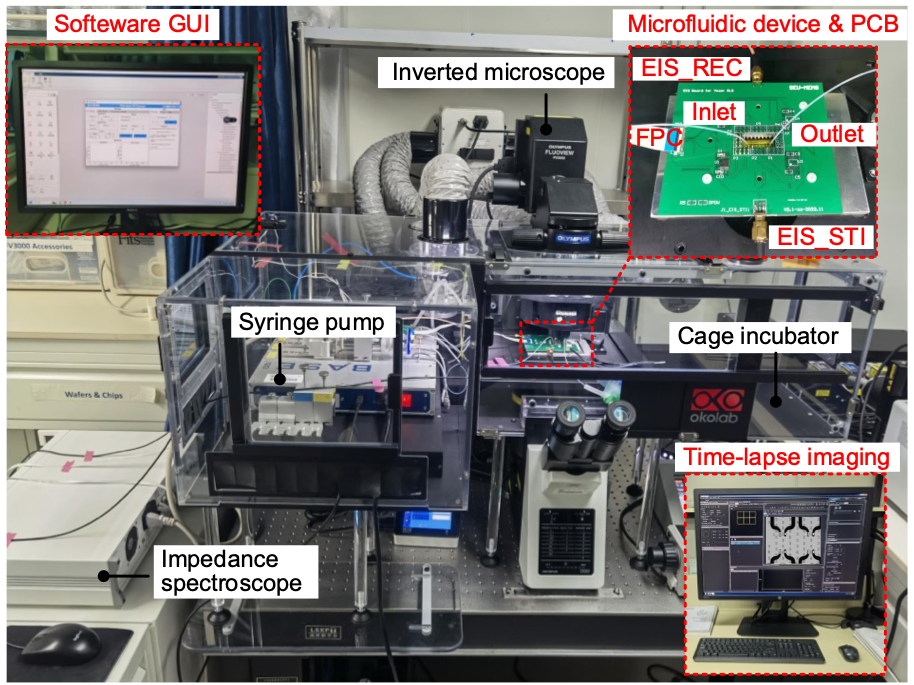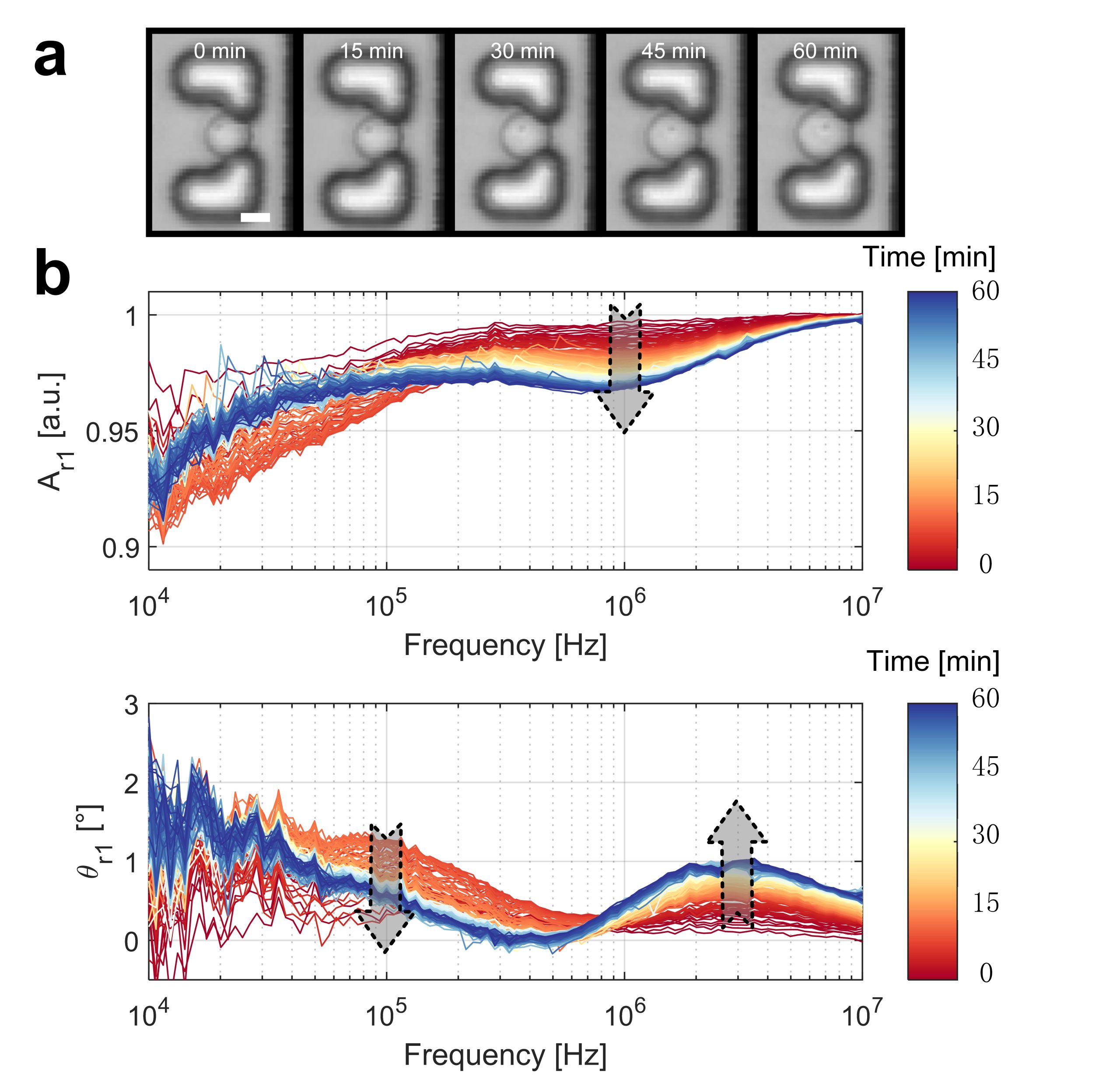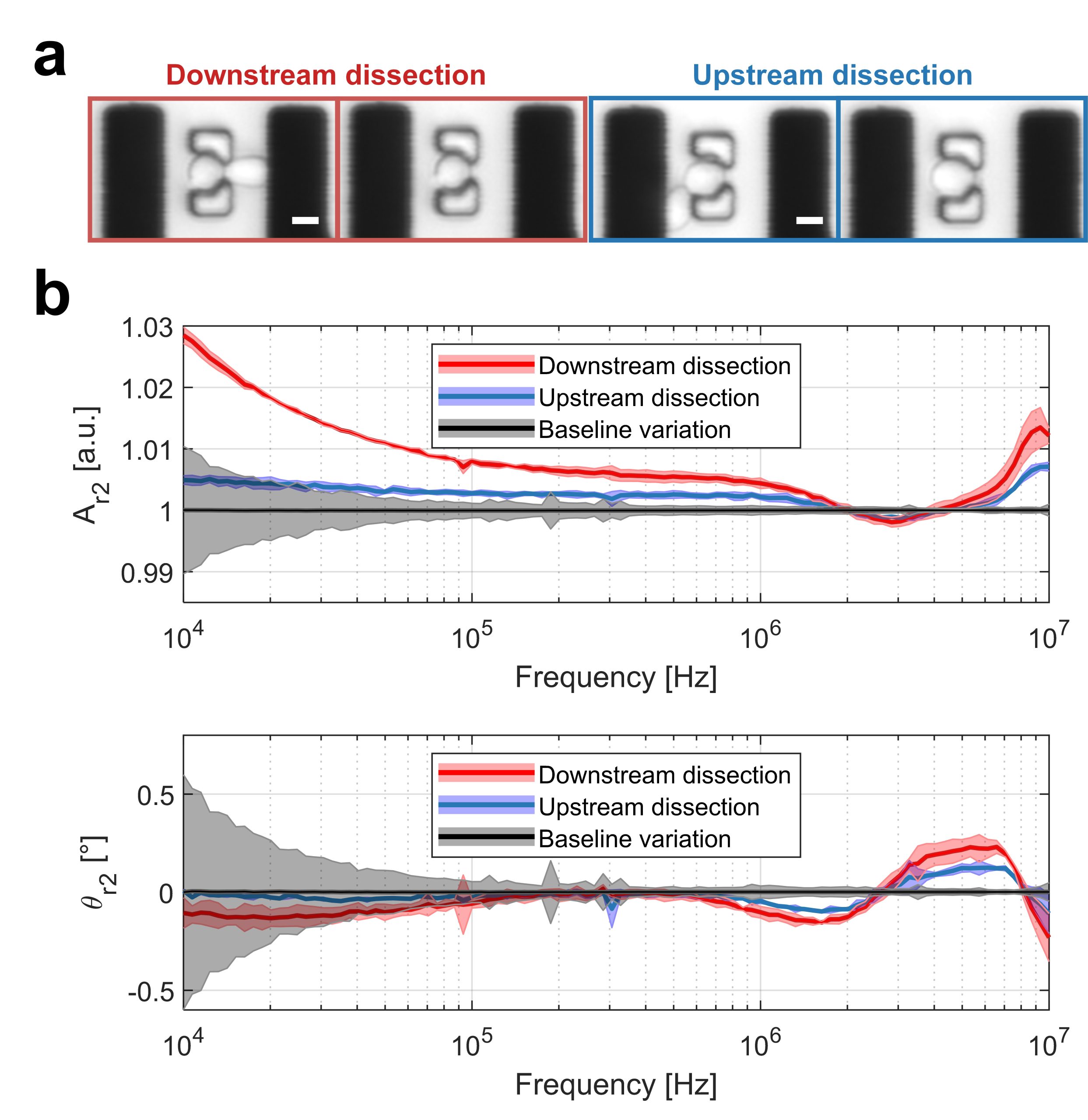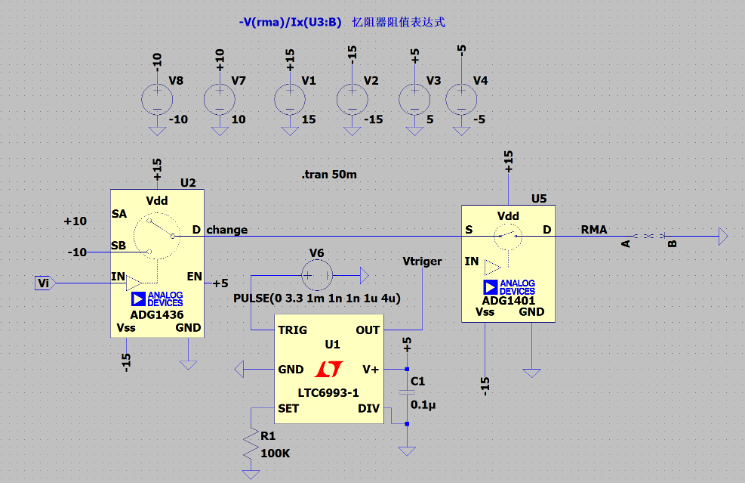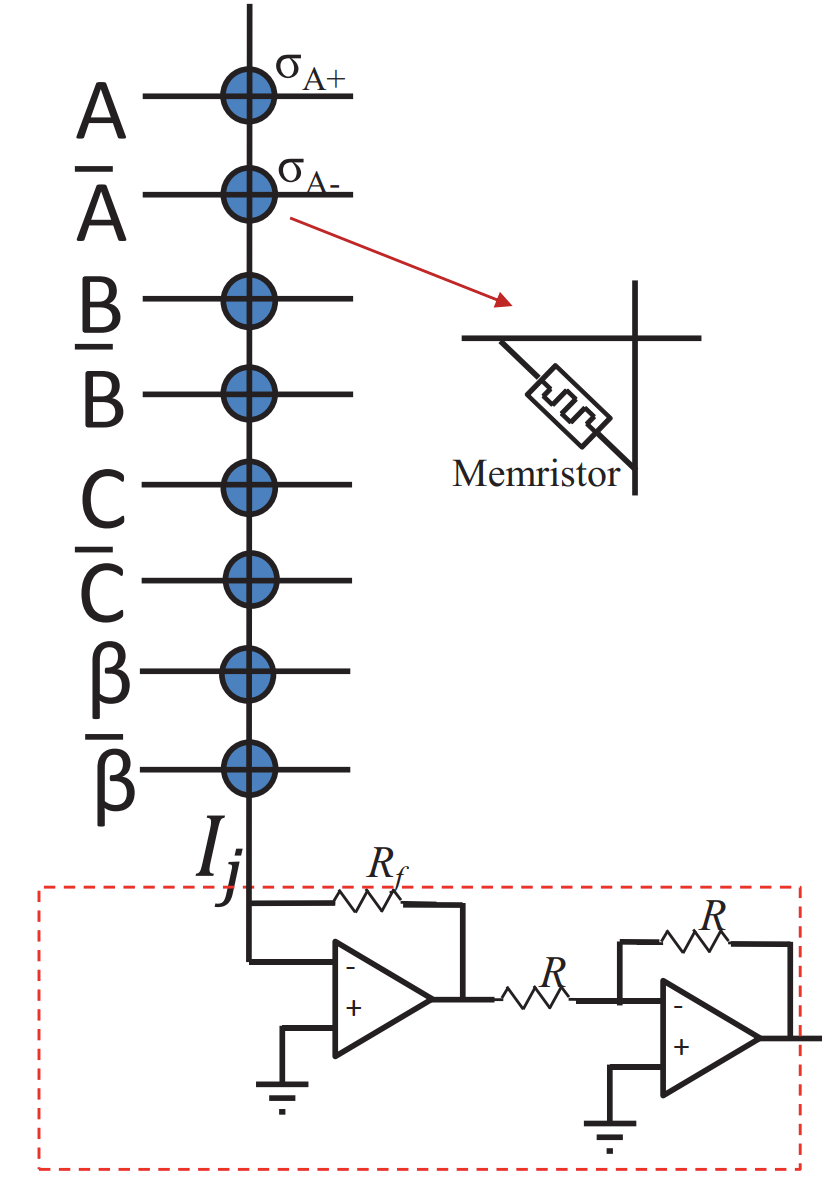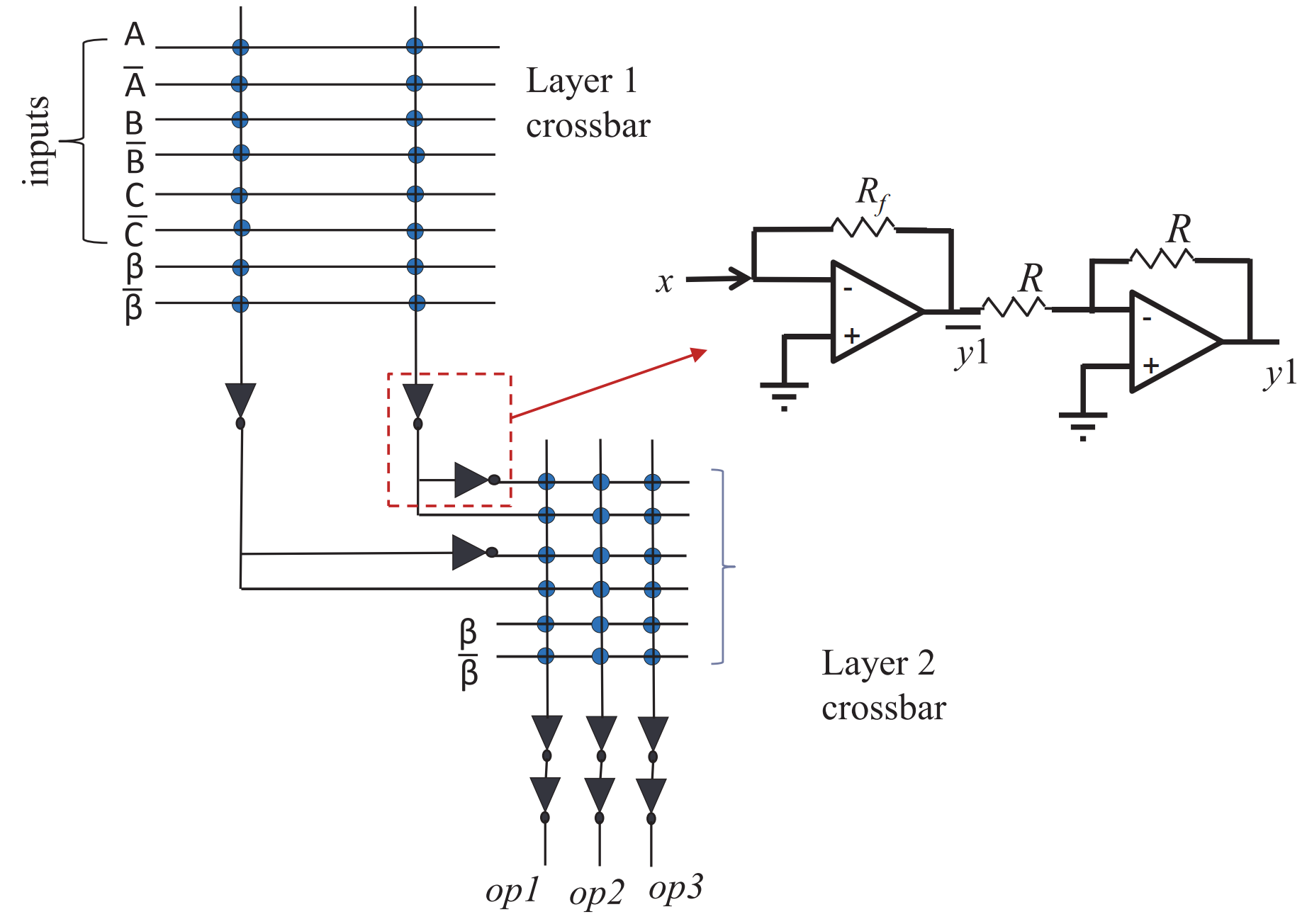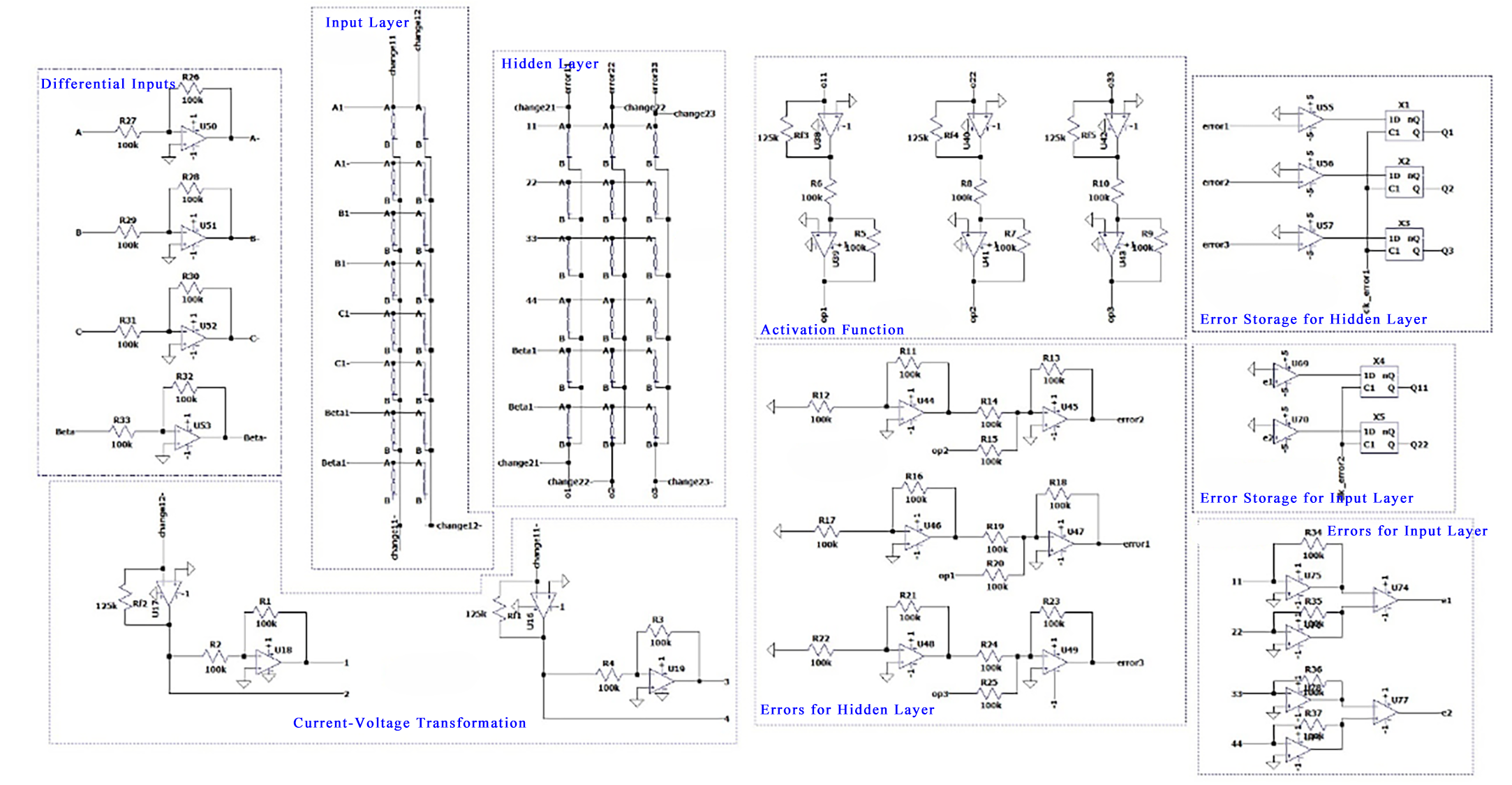About Me
Welcome to Mingze Luo (罗茗泽) ’s personal homepage! I am a first-year Ph.D. student at the Department of Electrical and Computer Engineering, Rice University, under the supervision of Prof. Lei Li. I love integrating miniaturized devices and systems with biomedical applications including healthcare monitoring and disease diagnosis. My research is focusing on photoacoustic imaging, ultrasound imaging, and wearable biomedical devices.
I obtained my Bachelor of Engineering degree in Electronic Science and Technology at the School of Electronic Science and Engineering, Southeast University. I was fortunate to work with Prof. Zhen Zhu on BioMEMS and microfluidics, and with Prof. Tong Lin on optoelectronic devices.
I served as a visiting student researcher at Berkeley Sensor & Actuator Center, UC Berkeley, during my undergraduate senior year, advised by Prof. Liwei Lin. I carried out projects about piezoelectric micromachined ultrasonic transducers (PMUTs) and applied PMUT arrays in blood pressure monitoring and thermoacoustic imaging.
Email: mingze.luo@rice.edu, mingze_luo@seu.edu.cn, mingze_luo@berkeley.edu
Education
Research Interests & Skills
Research Interests
- Biomedical Imaging — Photoacoustic Imaging, Thermoacoustic Imaging, Ultrasound Imaging, Ultrasonic Transducers for Biomedical Imaging
- Biomedical Devices — Wearables and Implantables, Flexible Electronics and Devices, Digital Healthcare, Hardware-Algorithm Co-Design
- MEMS — Sensors and Actuators, Fabrication and Manufacturing, Microfluidics, Microsystems, BioMEMS, Photonic MEMS
Research Skills
- MEMS/NEMS Design – COMSOL Multiphysics, Altium Designer, KiCad. Experience in Finite Element Analysis, PCB Design, and Hardware Setup Experiments.
- Micro/Nano Fabrication – SolidWorks, AutoCAD. Fab Equipments. Experience in Fabrication Process, 3D Printing, and Device Characterization.
- Circuit Design – Cadence Virtuoso, LTspice, Multisim, Advanced Design System. Experience in Circuit Design, Simulation, and Verification.
- Data Processing – MATLAB, Origin, LabVIEW. Experience in Data Analysis, Signal Processing, and GUI Development for Data Presentation.
- Programming – C++, Python, Verilog HDL. Experience in Embedded Systems, FPGA, and Machine Learning Algorithms.
Research Experience
Jan. 2024-May 2024
Advisor: Prof. Liwei Lin
- Established an MITAI system for human tissue detection and analysis, including a microwave signal generator to induce thermoelastic expansion and PMUT arrays to receive ultrasound signals.
- Carried out in vitro experiments using human blood vessel phantoms and breast cancer tumor phantoms, collecting thermoacoustic signals to identify blood vessel depth and tumor canceration degree.
Sept. 2023-May 2024
Advisor: Prof. Liwei Lin
- Utilized dual-electrode bimorph CMOS-compatible AlN PMUTs capable of monitoring the variations of the artery diameter.
A dual-electrode bimorph PMUT features 4 times the drive sensitivity (displacement at the center of the diaphragm per input voltage) compared with a single-electrode pMUT with similar geometry and frequency. PMUT elements are integrated to form a one-dimensional (1-D) array.
- Designed a printed circuit board (PCB) connecting a 4-channel Transmit/Receive switch (T/R switch) with PMUT arrays, enhancing echo signal strength of BP monitoring and improving SNR ratio.
By integrating PMUTs with a T/R Switch (MD0101 – Supertex) and an Amplifier (VCA5807 – Texas Instruments), voltage amplitudes of ultrasonic echo signals increased from 0.8mV to 310mV, when the PMUT array was immersed in deionized water.
- Established a wearable hardware setup for blood pressure measurement based on PMUT arrays, achieving continuous measurements from diameter changes of blood vessels by means of ultrasonic detections.
Due to the mismatch of acoustic impedance between tissue and blood, ultrasonic waves will generate echoes at the anterior and posterior walls of blood vessels. Continuous transmission and reception of ultrasound echoes enable the acquisition of diameter waveforms from a pulsating artery, which can be further converted into blood pressure waveforms. In our experiments, ultrasonic echo signals of 100mVpp were received by the PMUT array.
Mar. 2023-Sept. 2023
Advisor: Prof. Zhen Zhu
- Established an equivalent circuit model (ECM) of the Electrical Impedance Spectroscopy (EIS) measurement system through the finite element analysis (FEA) in COMSOL Multiphysics.
The cell-culturing medium between the electrode pair is modeled as a resistance Rm and capacitance Cm in parallel. Cell membrane and cytoplasm are modeled as a capacitance Cmem and resistance Rc, respectively. EIS curves of all cell-growth stages were obtained as references for subsequent experiments. Then, the equivalent volume fractions (φ) of the cell at each growth stage were calculated by least square fitting based on the corresponding ECMs.
- Designed and fabricated a microfluidic device integrated with microelectrode arrays (MEAs) and biosensors.
The device consists of glass substrate, Au MEA, SiNx passivation layer, SU-8 microchannel, and PDMS cover. The Au MEA is directly patterned on the glass and contains 32 pairs of microelectrodes, enabling high-throughput monitoring of immobilized yeast cells. Each pair of SU-8 micropillars is patterned in a leaky-bowl shape, enabling the capture of yeast mother cells as well as the rotation and dissection of daughter cells.
- Obtained typical patterns in EIS curves referring to cell growth and daughter cell dissection events through long-term recording.
In experimental verification, a swept-frequency AC voltage (1V, 10kHz~10MHz) was applied to the stimulus electrode for time-lapse EIS monitoring of immobilized single cells. Time-lapse microscopic images during single-cell growth were taken at a time interval of 5min as a reference. EIS curves agree well with the corresponding FEM and ECM fitting results. Whenever daughter cells separate from the immobilized mother cell by hydrodynamic shearing forces, a sudden drop in the complex impedance and thus a significant increase in the response current is caused. Moreover, dissection events of downstream daughters induced higher signal variation than those of upstream daughters.
Mar. 2023-Sept. 2023
Advisor: Prof. Tong Lin
- Designed a widely tunable microwave photonic filter featuring controlled frequency agility, bandwidth reconfigurability, and flexible switching functions.
Microring resonators (MRRs) have been promising candidates for high-performance microwave photonic filters due to their compact footprint, flexible tuning, and large extinction ratio. Sophisticated filter performances are implemented by combining one or more MRRs with Mach–Zehnder interferometers (MZI).
The proposed filter is based on self-interference microring with an asymmetric Mach–Zehnder interferometer, breaking the fundamental microring footprint limit and achieving a doubled free spectral range (123.2 GHz) with a strong out-of-band rejection.
- Carried out simulation to demonstrate that a bandpass microwave photonic filter can be tuned across a 60 GHz frequency range with a varied 3-dB bandwidth from 2.13 GHz to 40.7 GHz in a cascaded dual-ring topology.
Its RF out-of-band rejection ratio is improved by more than 60 dB in the high-frequency region due to perfect residual phase cancellation. Meanwhile, the filtering response is agilely switched between the bandstop and bandpass for coping with a variety of signal types.
This filter scheme highlights its suitability to enhance wideband and high-performance RF receiver systems and is feasible for various material platforms, contributing to the hybrid integration of fully integrated microwave photonic systems for the future high-performance RF receiver systems.
Nov. 2021-Sept. 2023
Advisor: Prof. Hongxuan Guo
- Adopted a gradient descent algorithm and applied pulse voltage to precisely control the resistance of the memristor.
The pulse voltage stemmed from the resistance control circuit using pulse signals, composed mainly of the monostable trigger LTC6993-1 and the semiconductor switch ADG1401. Input voltage Vi decided the implementation of positive pulses or negative pulses on the memristor.
- Assembled a Braitenberg vehicle, which used a memristive neuromorphic circuit designed in LTspice as its processor to conduct unsupervised learning and perform line-tracking tasks, reducing the response latency of the processor to 100ns.
- Built a 28×28 memristor crossbar-based memristive neural network circuit in Cadence, integrated with Autoencoder for image identification.
Autoencoder is a popular method for dimensionality reduction and feature extraction which automatically learns features from unlabeled data. This means it is an unsupervised approach. A memristor crossbar, where physical memristors are laid out in a high-density grid, can evaluate many multiply-add operations in parallel in the analog domain efficiently. Multiply-adds are the dominant operations in autoencoders which are special types of neural networks.
Examination of the proposed unsupervised learning approach was carried out based on the MNIST dataset. This dataset consists of 28×28 images of hand written digits. Configuration of the autoencoder was 784 -> 100 -> 784 i.e. 784 input neurons, 100 hidden neurons and 784 output neurons.
Publications
Conference Proceedings
- Fan Xia, Yande Peng, Wei Ji, Gurnoor Saini, Yen-Chen Wang, Aalaya Wudaru, Xiaoyang Yu, Mingze Luo, et al. Alignment-Free, Non-Invasive Blood Vessel Monitoring by Piezoelectric Micromachined Ultrasonic Transducers. The 38th International Conference on Micro Electro Mechanical Systems (IEEE MEMS 2025), 19-23 January 2025, Kaohsiung, Taiwan. https://doi.org/10.1109/MEMS61431.2025.10917752
- Zhao Zhang, Mingze Luo, et al. EIS Monitoring of Single Yeast Growth and Dissection on a MEA-Integrated Microfluidic Device. The 27th International Conference on Miniaturized Systems for Chemistry and Life Sciences (MicroTAS 2023), 15-19 October 2023, Katowice, Poland. Poster (T173.f on Page 106)
Journal Articles
- Fan Xia, Yande Peng, Wei Yue, Mingze Luo, et al. High Sound Pressure Piezoelectric Micromachined Ultrasonic Transducers Using Sputtered Potassium Sodium Niobate. Microsystems & Nanoengineering 10, 205, 2024. https://doi.org/10.1038/s41378-024-00841-y
- Tong Lin, Yuhang Liu, Pinchen Zhou, Mingze Luo, et al. Wideband-Tunable Microwave Photonic Filter Using Dissipative Self-Interference Microring Resonators. Optics Communications 565, 130680, 2024. https://doi.org/10.1016/j.optcom.2024.130680
Patents
- Zhihan Zhang, Guangnan Dai, Junjie Zuo, Mingze Luo, Hongxuan Guo. Realization Method of a Hardware Control Circuit for Linear Regression Algorithm based on Memristor Crossbar Arrays. CN Patent Application 2023111653867, filed September 2023. Patent Pending.
Professional Experience
Huawei Technologies Co., Ltd.
Research Intern, Private 5G Network Group, Nanjing, China
Jun. 2023-Aug. 2023
Awards
SEU Outstanding Undergraduate Thesis (2024, Top 3%)
SEU Spring Scholarship & SEU Autumn Scholarship (2022&2023, funded by notable alumni of SEU, Top 10%)
National 3rd Prize of 8th China College Students’ “Internet+” Innovation and Entrepreneurship Competition (2022, Top 1%)
Provincial 2nd Prize of National Undergraduate Electronics Design Contest (2022, Top 15%)
SEU Outstanding Student Leader (2021&2022, the highest honor for student leaders in SEU, Top 1%)
National 2nd Prize of National English Competition for College Students (2021, Top 3%)
SEU Principal’s Scholarship (2021, the highest honor for undergraduates in SEU, Top 2%)
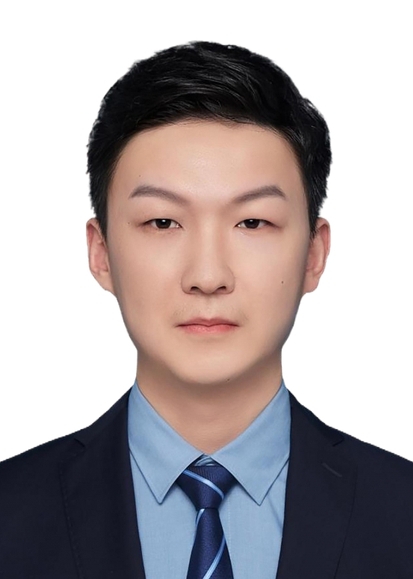



.png)
